Government Initiatives and Funding
Government initiatives and funding play a pivotal role in shaping the glioma diagnosis-treatment market. In Germany, various public health programs aim to improve cancer care, including glioma management. The government allocates substantial resources for research and development, which fosters innovation in diagnostic and therapeutic approaches. For example, funding for clinical trials and research grants has increased, facilitating the exploration of new treatment options. Moreover, public awareness campaigns are being launched to educate the population about glioma symptoms and the importance of early detection. These initiatives not only enhance patient access to care but also stimulate market growth by encouraging the development of advanced diagnostic tools and treatment modalities.
Increasing Incidence of Glioma Cases
The rising incidence of glioma cases in Germany is a critical driver for the glioma diagnosis-treatment market. Recent statistics indicate that gliomas account for approximately 30% of all brain tumors, with an annual increase in diagnosed cases. This trend necessitates enhanced diagnostic and treatment options, as healthcare providers strive to address the growing patient population. The demand for advanced imaging techniques and targeted therapies is likely to escalate, thereby propelling market growth. Furthermore, the increasing awareness of glioma symptoms among the general public may lead to earlier diagnoses, which could improve treatment outcomes. As a result, this market is expected to expand significantly in response to this rising incidence, prompting investments in research and development to innovate new therapeutic approaches.
Rising Demand for Advanced Diagnostic Tools
The rising demand for advanced diagnostic tools is a crucial factor driving the glioma diagnosis-treatment market. Healthcare providers in Germany are increasingly seeking innovative imaging technologies, such as MRI and PET scans, to improve diagnostic accuracy. These advanced tools enable earlier detection of gliomas, which is essential for effective treatment planning. Furthermore, the integration of artificial intelligence in imaging analysis is enhancing the ability to identify subtle changes in brain tumors, thereby improving diagnostic outcomes. As the healthcare landscape evolves, the emphasis on precision medicine is likely to further fuel the demand for sophisticated diagnostic tools. Consequently, the glioma diagnosis-treatment market is expected to experience substantial growth as providers invest in these technologies to enhance patient care.
Technological Advancements in Treatment Modalities
Technological advancements in treatment modalities are significantly influencing the glioma diagnosis-treatment market. Innovations such as minimally invasive surgical techniques, targeted drug therapies, and novel radiation therapies are transforming patient care. For instance, the introduction of intraoperative imaging and navigation systems has improved surgical precision, leading to better patient outcomes. Additionally, the market is witnessing a shift towards personalized treatment plans, which are tailored to the genetic profile of individual tumors. This shift is supported by the increasing availability of genomic testing, which aids in identifying specific mutations associated with gliomas. As these technologies continue to evolve, they are expected to enhance the efficacy of treatments, thereby driving growth in the glioma diagnosis-treatment market.
Collaboration Between Research Institutions and Industry
Collaboration between research institutions and industry stakeholders is emerging as a significant driver in the glioma diagnosis-treatment market. Partnerships between academic institutions and pharmaceutical companies are fostering the development of novel therapies and diagnostic tools. These collaborations often lead to the sharing of resources, expertise, and data, which can accelerate the pace of innovation. For instance, joint research initiatives may focus on identifying new biomarkers for glioma, which could enhance diagnostic accuracy and treatment efficacy. Additionally, such collaborations can facilitate the translation of research findings into clinical practice, ultimately benefiting patients. As these partnerships continue to grow, they are likely to contribute to the expansion of the glioma diagnosis-treatment market.


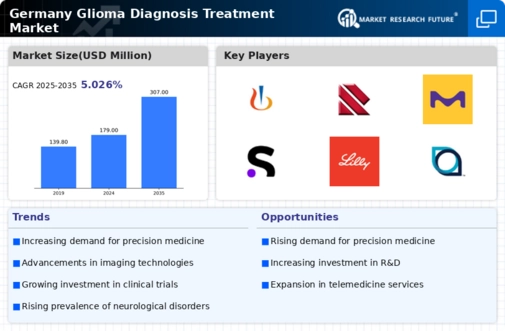
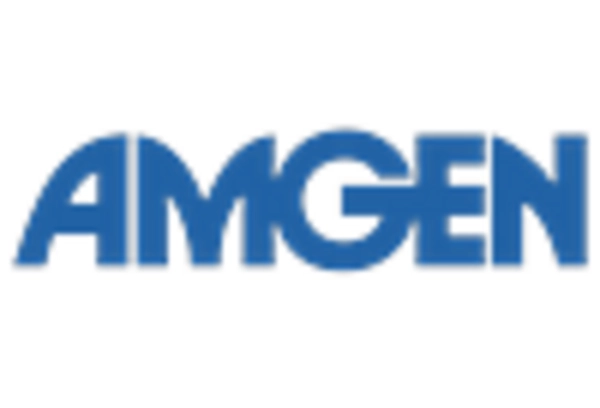
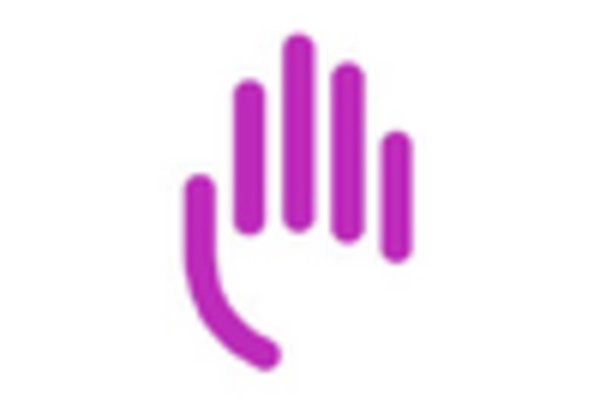
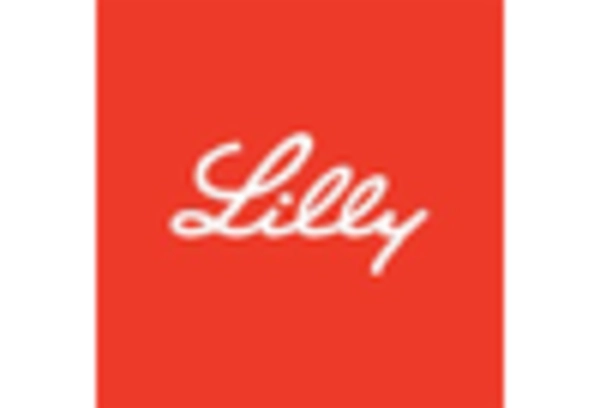
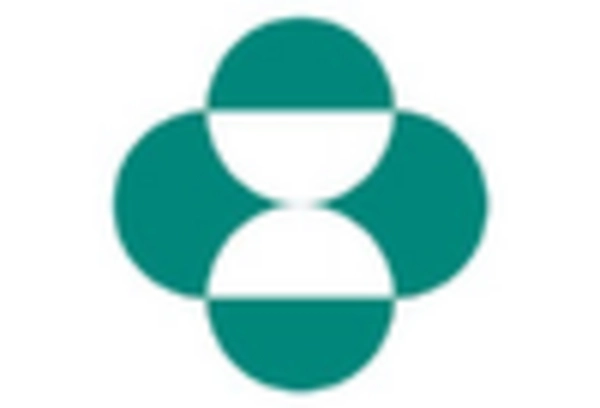
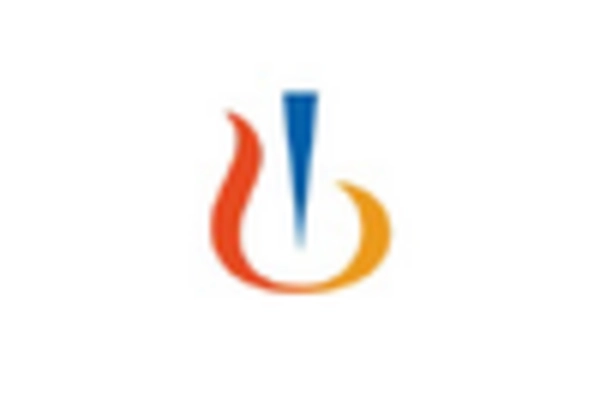
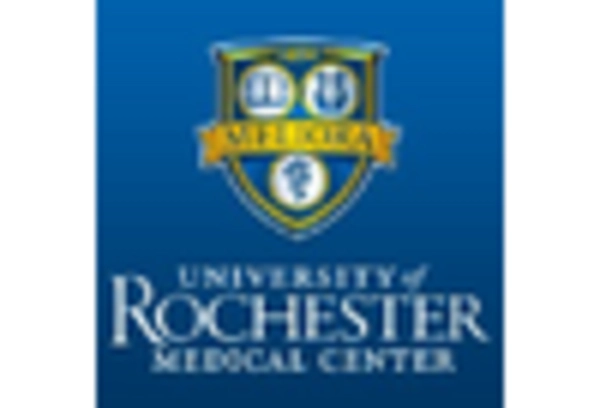








Leave a Comment